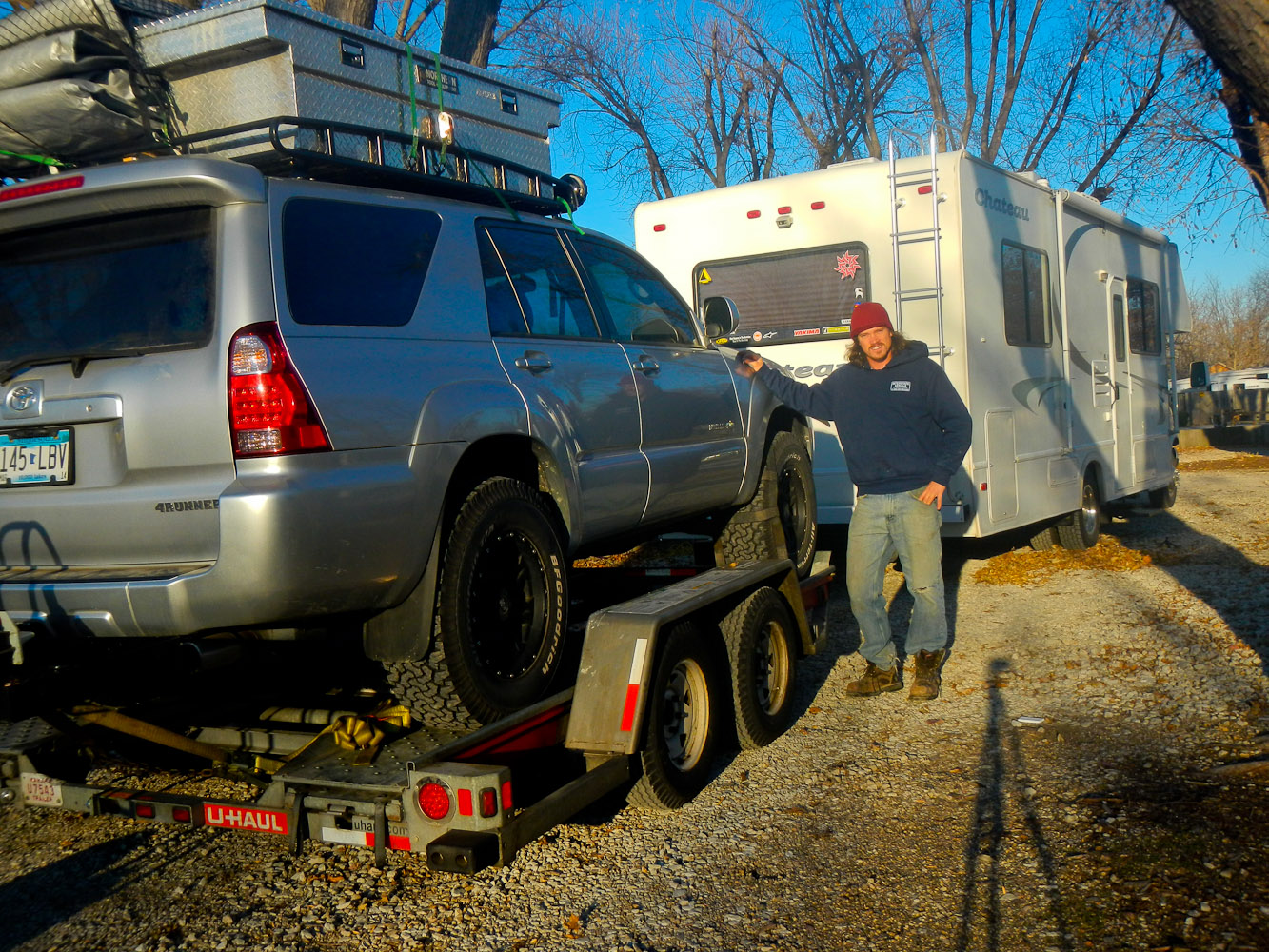
I knew that something in my life was going to change...and needed to change. At the time I wasn't sure what that change was going to be, but something was coming. Even though I loved the work I was doing, I was getting burnt out. Ideas were buzzing in my head; maybe go out and start my own construction company? I was even looking at investment and rental properties in Minneapolis. No matter what happened I was going to need money.
So I started saving, tucking money away for the next endeavor, selling my truck and getting a more manageable payment with a used 4runner. Making an extra effort to pay off debts and keeping a financially liquid state. I wanted to share some of my experiences in making this kind of lifestyle work. I think everyone in their lifetime should take on something like this. It doesn't need to be years at a time, but longer than a holiday weekend.
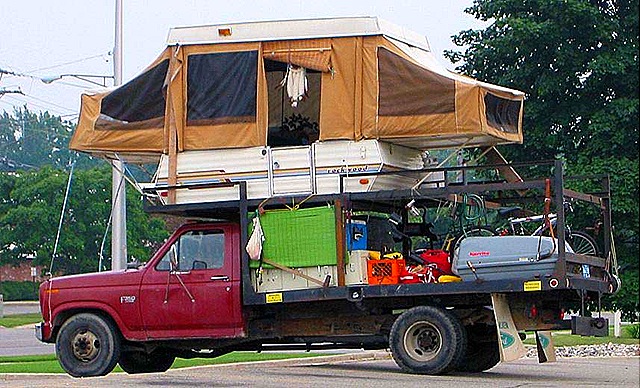 "That There's an RV"
"That There's an RV"
Start Saving. Start Selling:
Start putting money away as early as possible. It is all dependent on your income and cost of living, but I would say a year would be good. Get rid of any unnecessary debts and monthly bills, like the big vehicle payment, 800 channels on the cable box. Craigslist is a great tool. Figure out what you wont need for the trip. Start selling well before your departure so you can sell at your own pace and get the price you want. If you wait until the last minute, you'll be giving things away.
Budget/Duration:
When I was crunching the numbers, I put a simple Excel spreadsheet together. I listed my monthly expenses, insurance, food, projected fuel costs, and general spending. Plug in your savings, and a quick formula will tell you how long you can make it on your budget.
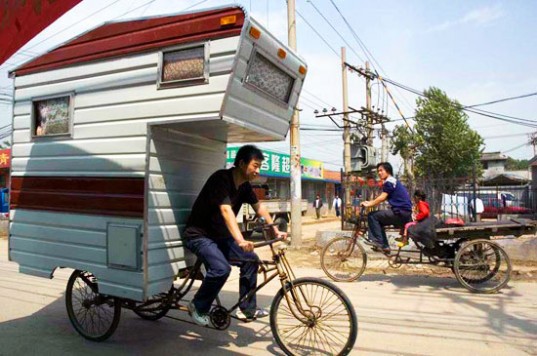 One way to do it...
One way to do it...
Choosing Your "Wheel Estate":
I believe this is the most important and the most fun part of your planned cast off. There are dozens of manufactures, models, and types of recreational vehicles out there. It really comes down to what kind of traveling you want to do. If you plan on spending long periods of time in one spot or bouncing from RV park to RV park then probably a A, B, or C class rig would be the best choice. The A class is the largest model, typically with the flat nose front. These are going to be the largest of the RV family. Don't plan on doing much urban camping, or exploring forest service roads in these behemoths.
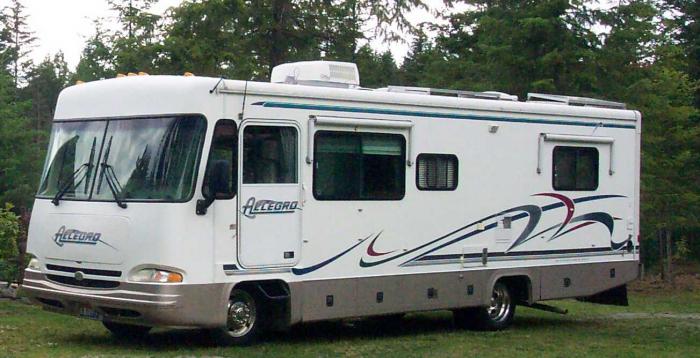 An A Class RV.
An A Class RV.
The C class (The Betty is a C class) is the next size down. These are the van style front ends. Size range from 20 to 35 feet and are a dual rear wheel. The Chinook model is available with four wheel drive but are hard to find and you will pay a premium for that option. The B class is the smallest of these 3 categories. These are typically your van style with an RV conversion. Recently the Sprinter vans have become popular in the B class category.
 A B Class RV.
A B Class RV.
If you are thinking less RV parks and more along the lines of urban camping and off the grid camping, there are even more options, with almost endless makes and models ranging from home-built setups to full blown expedition vehicles. For starters, I will start with "The Betty II" build I'm currently researching and planning to replace my current rig. The basis of this set up will be a pick-up truck with a slide-in camper, much like another subject of TGR's Base Camp column, the Powder Pilgrimage crew, have used to chase snow from Utah to Alaska.
There are multiple benefits to this more compact set up. One, you will only take up one spot in a parking lot, making overnight stays in grocery store lots and side streets much easier and a little more incognito. Second, once you are done with your trip or just need a normal truck, take the camper off and there you go. Third, 4wd will be standard on most trucks, allowing you to travel in winter and off road conditions with peace of mind. My current C Class worked great for spending the winter in one spot. As the warmer months have arrived, I'm spending more time outdoors, and more time trying to find a place to park it. Also the size of The Betty limits my ability to explore. A forest service road is risky not knowing the condition or areas to turn around. I've already been in situations where there was no turn around, forced to back up, with the trailer, to find an exit (that rear view camera is a life saver!).
So to remedy this, it's time for a smaller rig. I'm currently shopping for a late 90's Ford F250 (3/4ton) or F350 (1 Ton) with, of course, my favorite 7.3L Turbo Diesel motor. The C Class is currently for sale. For a camper I am looking at a hard-sided slide-in with a length between 8.5 feet and 9.5 feet. They do reach lengths up to 11.5 feet, but they will hang over your rear bumper limiting your ground clearance when off road. I plan to add a custom roof rack for added cargo, a bike rack on the rear, and a custom front bumper. The bumper will have a receiver hitch to carry a moto. I plan on spending around $15,000 on this very capable build, and that includes a used dual sport moto. Now, I just need to find the money, but I digress.
 Similar to my future build (I hope).
Similar to my future build (I hope).
There are many different sizes of campers that will fit anything from a Tacoma to a 1 ton with a full sized 8 foot bed. It all comes down to how much space you want and how much gear you are bringing. The van option is also very popular among us vagabonds. Volkswagen has options for pop-up vans ranging from their newer Eurobus to the no longer produced Westfalia, both of which are highly coveted and end up being pretty pricey.
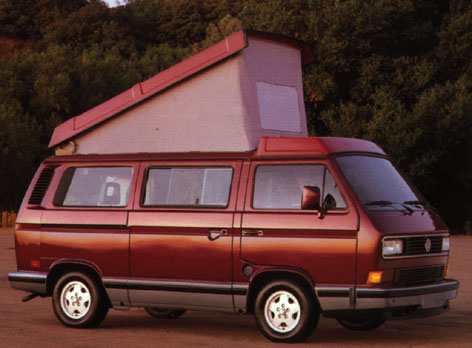 The infamous Volkswagen Westfalia-the most romantic rig on the road
The infamous Volkswagen Westfalia-the most romantic rig on the road
On the spendy end of the van spectrum is the Sportsmobile. A custom expedition vehicle with every option you can think of, including 4WD! If your lucky you can find a used one for around $30k, otherwise plan on spending $100k plus. Though expensive, they are pretty bad ass.
 A Sportsmobile modified 4X4 van
A Sportsmobile modified 4X4 van
Believe it or not, they can get more spendy. Now we are getting into the hardcore expedition vehicles. An example would be the EarthRoamer company based out of Colorado. They are a true off road RV designed to explore and survive far from civilization. With nearly military specs these beasts are unstoppable. And with a starting price of 250k, they better be. If you want to drool, check out the link above, but I'm not going into detail on these guys.
 Are you a Wall Street billionaire in the midst of a mid-life crisis? An Earthroamer battleship is way cooler than a Porsche (which you probably already own).
Are you a Wall Street billionaire in the midst of a mid-life crisis? An Earthroamer battleship is way cooler than a Porsche (which you probably already own).
Buying Your "Wheel Estate":
First off, buy your set up BEFORE you leave your job! I set up the loan on The Betty before my departure, as they aren't going to give an unemployed ski bum a loan. This will help keep your cash reserves up and extend your time on the road. Depending on the type of vehicle you buy, 15-year loans are available on most RVs. The interest rates are higher, but it keeps the payments very manageable. If you keep the RV for 15 years, you will pay a bunch on interest, but for a year or two it works great. If and when you decide to sell it, don't plan on getting any cash out of it, though. With a low amount going to principle each month, you will probably end up selling it for what's remaining on the note.
Packing Up and Rolling Out:
A tour of a exceedingly expensive luxury bulldozer/camper known as the EarthRoamer.
Of course if you have the 30 foot EarthRoamer, you could bring anything you want. For the rest of us, we will need to pack a little more strategically. I have a larger C Class and was able to bring a lot of stuff (actually too much). As the trip went on I realized most of it was never used. Outerwear for every possible weather condition, plates, glasses, and silverware have sat idle. At the end of the day, you end up wearing your favorite hoody, using paper plates, and drinking milk right from the carton. My suggestion would be pack as if your leaving on a week-long camping trip. This will keep you light but will ensure you pack the essentials.
What ends up being the most important is your outdoor gear and equipment. Whether its your mountain bike, a set of powder skis, or a roadside set of tools, these are the things you're going to care about. Everything else just works itself out. Part of the adventure is just going, and not necessarily having every finite detail figured out. Let me know me know if you have any questions about starting your road life by dropping a note in the comments below. I'm more than happy to answer them! There are plenty of other details and experiences I didn't cover.
Feel free to check out this blog and other entries about my adventures of RV life at Miles in the Mirror, and read TGR's profile of The Betty and my winter on the road in their Base Camp column.



FFThomson
June 19th, 2014
Hey Matt,
Cool article and well written. I have a quick question for you if you have the time to answer. I recently moved out of my house and into a 27’ travel trailer. I got a new job that required me to move approximately 100 miles away, and as it turned out the housing market was way too limited and the rent way over-priced, so I made the decision to move into a RV. This job is temporary and will end at the end of the summer, but there is a possibility it will turn into a permanant thing. I am making really good money and have 4 days off in a row every week and would love to do some traveling, but also save money. So my question is, what do you do for power generation when dry camping or boondocking?
Cheers, Jack
rogersteen
March 15th, 2015
I’ve been van camping for a year now, in the western U.S., and I wrote a book about putting my little camper together. I took a “casual” approach to the interior, so it’s not so much “house-like” as it is practical and reasonably priced:
http://roger-steen.squarespace.com
Roger